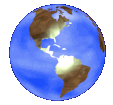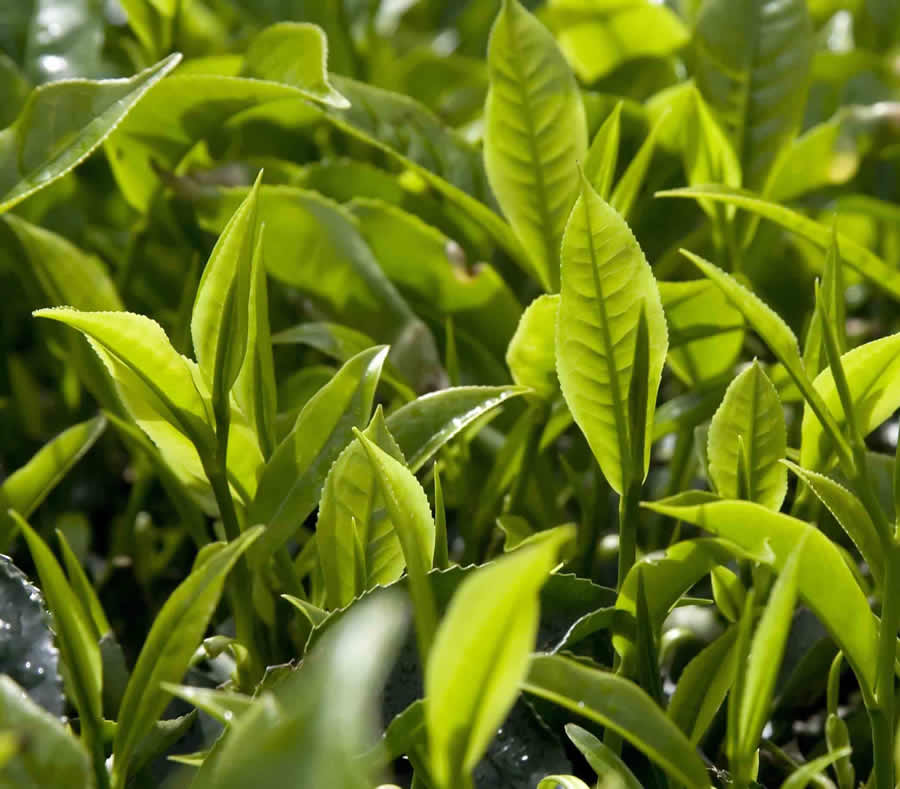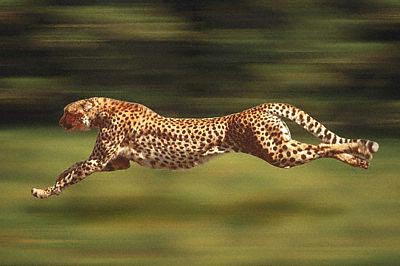 ONE BIOSPHERE
ONE BIOSPHERE 
| |
|
|||


ENVIRONMENTAL FORUM
Biodiversity and Species Extinction
Despite the critical need for more effective conservation and sustainable use, the loss of biodiversity continues and in many areas is increasing. Current rates of species extinction are 100 times higher than the baseline rate shown by the fossil records. Losses are due to a range of pressures, including land use change and habitat degradation, over-exploitation of resources, pollution and the spread of invasive alien species. The pressures are created by a range of socio-economic forces, including rapid population growth and increases in global consumption of resources and energy and the inequity due to high levels of per capita consumption in developed countries.
Our responses to the continuing loss of biodiversity are varied and include further designation of protected areas and improved management for biodiversity in productive land and water ecosystems. Recently, we have seen evidence of a consensus among various groups and experts that biodiversity conservation and sustainable development are irrevocably linked.
Animal Species and Threat of Extinction
Although 2 million species have been identified, the total number of species may range up to tens of millions. There are a multitude of species of invertebrates that have not been identified. Unfortunately, current rates of extinction are estimated to be in the order of 100 times higher than rates discovered through the fossil record. Scientists suggest that extinction rates will increase to the order of more than 1 000 times prior extinction rates over several decades.
Less than 10 per cent of the world's known species have been evaluated to determine their conservation prospects. Tens of thousands of species have been identified as endangered species. Among vertebrate groups, scientists have estimated that 30 per cent of amphibians, 23 per cent of mammals and 12 per cent of birds are threatened.
In order to assess extinction trends, the conservation status of a species group must be evaluated on a regular basis. This information is available for birds and amphibians. Both groups indicate a continuing increase in the risk of extinction from the 1980s to 2007.
The threat status of species varies by ecosystem. Tropical rainforests contain the highest number of threatened species, followed by tropical dry forests, mountain grasslands and dry shrub lands. The threat status of species in freshwater habitats has been inadequately studied. However, local assessments from the U.S. and the Mediterranean suggest that many freshwater species are at higher risk of extinction than terrestrial classes. Fisheries have been severely depleted to the extent that 75 per cent of global fish stocks are fully or overexploited.
CONTACT US:

![]() Our Email: one@onebiosphere.com
Our Email: one@onebiosphere.com